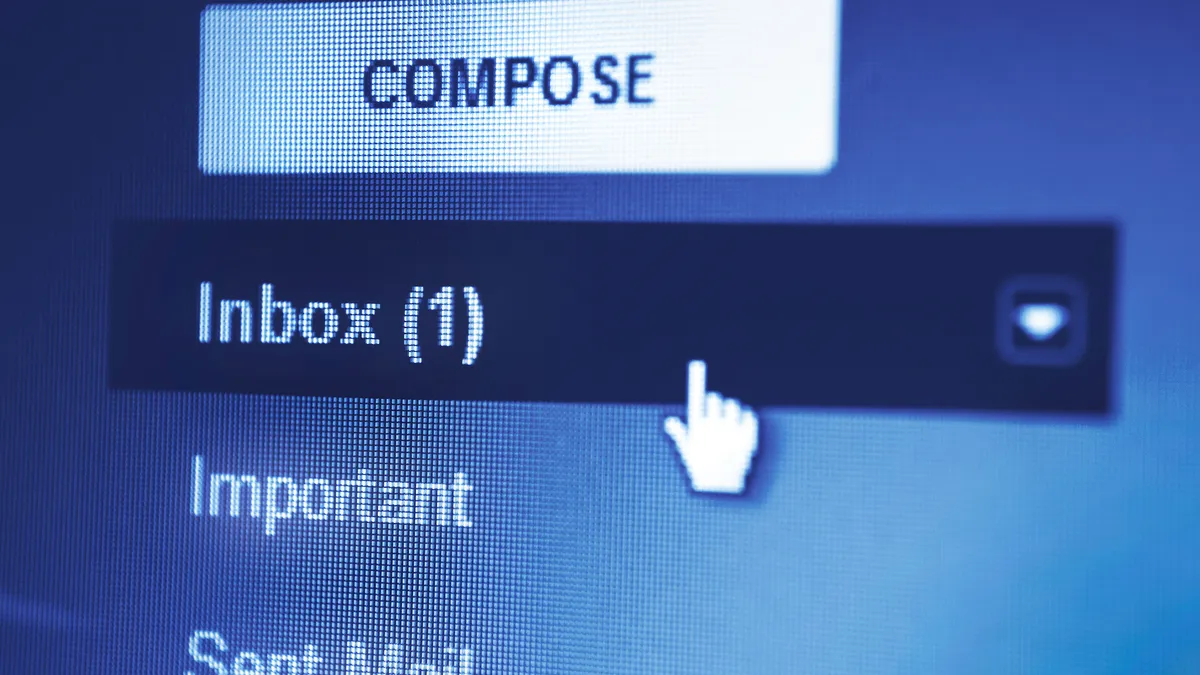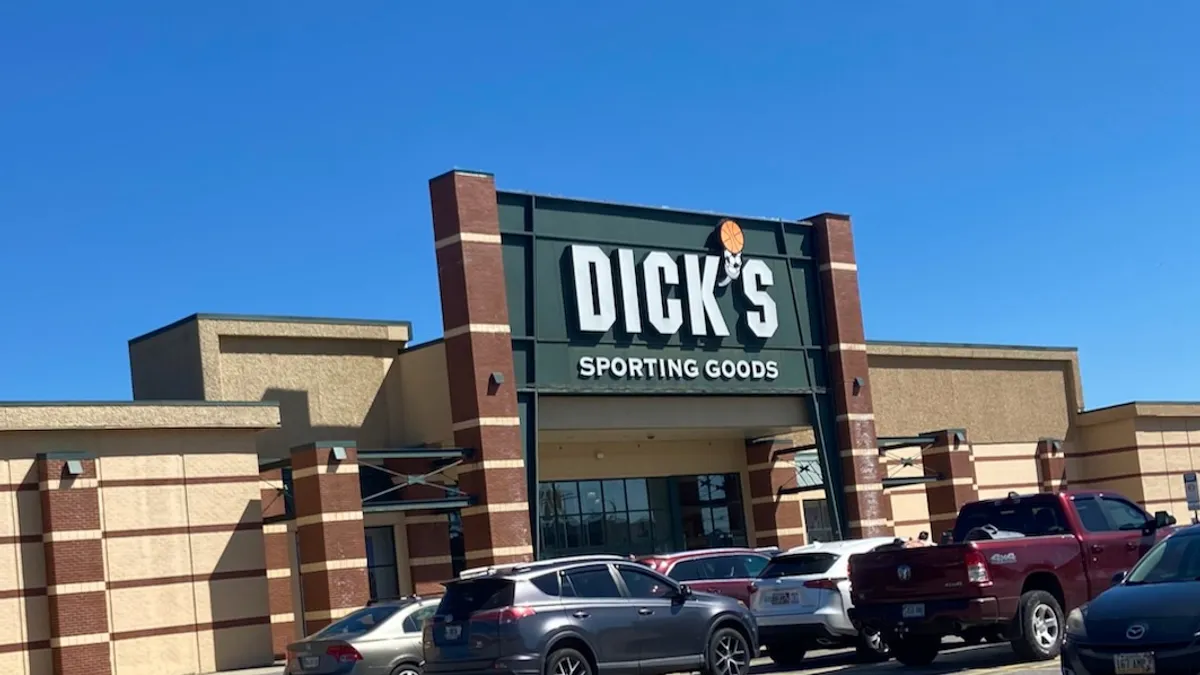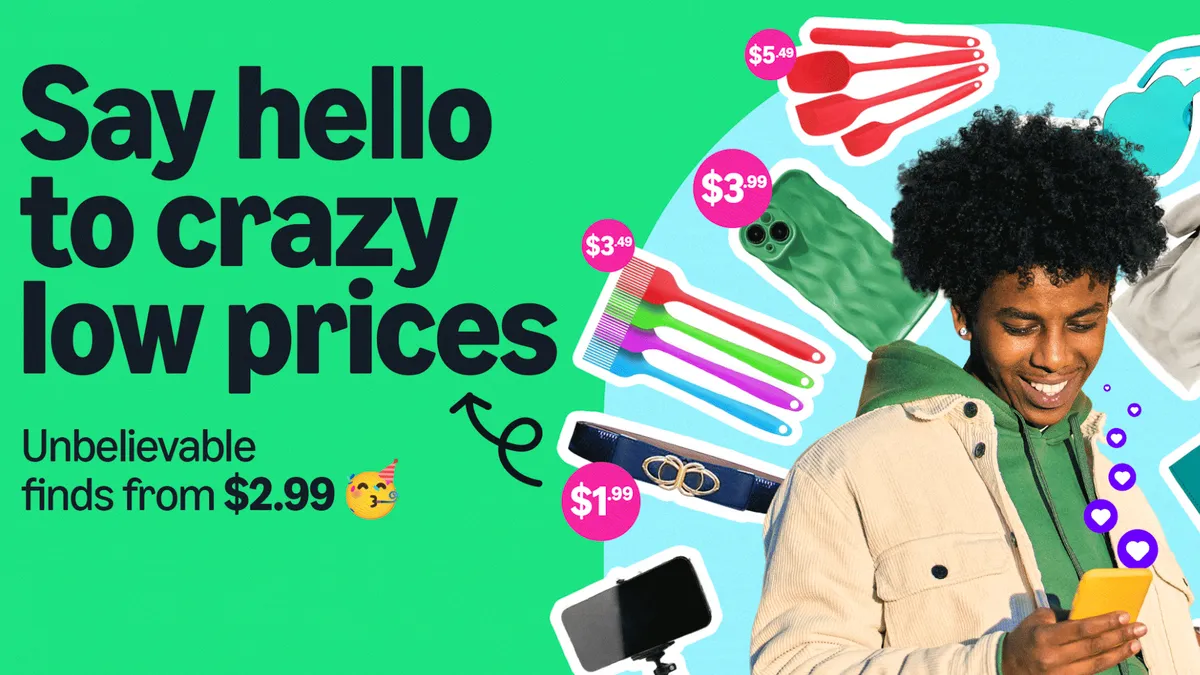While beacons and "Buy" buttons—real innovations that hold as-yet-untold promise—have soaked up a lot of media attention in the past year, there’s one marketing workhorse that has been quietly building its role in retail promotion: e-mail.
E-mail may not be as sexy as a revolutionary new channel, of course, but it is already ubiquitous. “Everybody uses e-mail,” Shelley Kessler, manager of Reporting & Analytics for Experian Marketing Services, told Retail Dive. “The astronomical growth we saw five or six years ago isn’t going to be the same. Email is a mature marketing tool.”
According to Experian’s "Q3 2015 Email Benchmark Report," sellers in all sectors sent 24.6% more promotional e-mails in the third quarter of 2015 than they did in same quarter of 2014. Among retailers, promotional e-mails were up 27.6% year-over-year.
While the final numbers aren’t yet in, the trend continued through the holidays among retailers, with preliminary data showing a 36.7% increase in e-mails. “Volume is up significantly,” Kessler says.
Retail Dive takes a look at the increase of e-mails last year, and how marketers can keep the ball rolling in 2016.
Improved targeting delivers
One reason behind the surge is improved targeting and customization capabilities, the report indicated. Marketers can now direct promotional e-mails to specific sets of customers, and—similar to retargeting on the web and social media—send triggered e-mails to suggest complementary products or offer shoppers incentives to browse.
“We’re starting to see the age of enlightenment in e-mail,” G.B. Heidarsson, CEO of market research firm eDataSource, recently told Direct Marketing News. “Brands are learning more about customers on social media and connecting that data to the e-mail stream.”
Marketers are also tricking out their missives to better attract the attention of likely buyers. “E-mail marketers are incorporating new things that we haven’t seen before, including animation, e-mails promoting mobile, and vice/versa,” Kessler says. “E-mail isn’t standing still.”
And for what may be the first time, improved targeting is helping retailers maintain click rates and even expand e-mail open rates while adding to the deluge. Experian data shows that recipients opened 17.5% of promotional e-mails in the third quarter of 2015, up from 16.7% during the comparable period of 2014.
“When we see unique open rates actually rising, it’s showing us that retailers’ targeting is working,” Spencer Kollas, Experian’s vice president of Global Deliverability Services, said in a release.
Platform-agnostic promos
Another reason for the surge is that e-mail is platform-agnostic without being interruptive; consumers can check it when they want on the device of their choice. That’s an important consideration for marketers seeking to keep up with customers as they move rapidly toward mobile.
Half (50%) of all e-mails are now opened on smartphones and tablets, according to Experian, and smartphones are catching up in click-throughs in spite of their smaller screen sizes.
“Clicks had traditionally lagged,” Kessler says. “But I’ve seen some brands get 60% of their clicks in the mobile environment—which for a retailer is huge. Phones are getting bigger, and tablets are getting smaller, and people can actually click on their phones.”
Conversions made after a mobile e-mail open are still behind, she notes, due to the added barriers of having to enter address and payment information. While most consumers still prefer to perform these actions on a desktop or tablet, future generations may feel differently as they increasingly eschew wired devices.
Mobile conversions do benefit from a sense of immediacy. Experian found that flash sales delivered 59% more transactions than other retail campaigns in the third quarter, and revenue per e-mail for flash sales was 29% higher than Experian’s third-quarter multichannel benchmark.
“Hyperrelevancy is the byword for content,” Catherine Magoffin, director of strategic services at e-mail marketer StrongView, told Direct Marketing News. You have to be in the moment with people on smartphones, and you have to give them something they can use in real time.”
Meeting customers over coffee
The vast majority (91%) of consumers check their e-mail daily—even millennials. And looking at the latest deals in one’s inbox has become a ritual for many consumers, with traffic peaking first thing in the morning. “People have gotten very used to receiving those promotional e-mails in the very early hours,” Adobe’s Tamara Gaffney told CNBC.
In addition to place on the schedule, e-mail also has an edge over mobile and social presentations in terms of space. While the best e-mail promos keep offers clear and concise, it isn’t as limited as other channels in helping encourage product discovery, build sales and enhance customer loyalty.
“E-mail is going to be the place people want to go to be told a story about a product,” Kessler says. “If I want to introduce a new brand or check something out online, e-mail offers much greater detail, gets your interest, and captures subscribers’ and customers’ attention.”
January is a good time for marketers to take stock of which e-mail strategies worked and which didn’t in planning 2016 promotions, she adds. It’s also the best time to “scrub” e-mail lists to ensure accurate targeting, and request customer feedback through surveys, product reviews and other interactions.
“The beginning of the year is a critical time to take a look at what you sold in the fourth quarter,” Kessler says. “Look at the products, look a the people you acquired and look at the sources, and come up with a program that continues your conversation with them.”






















